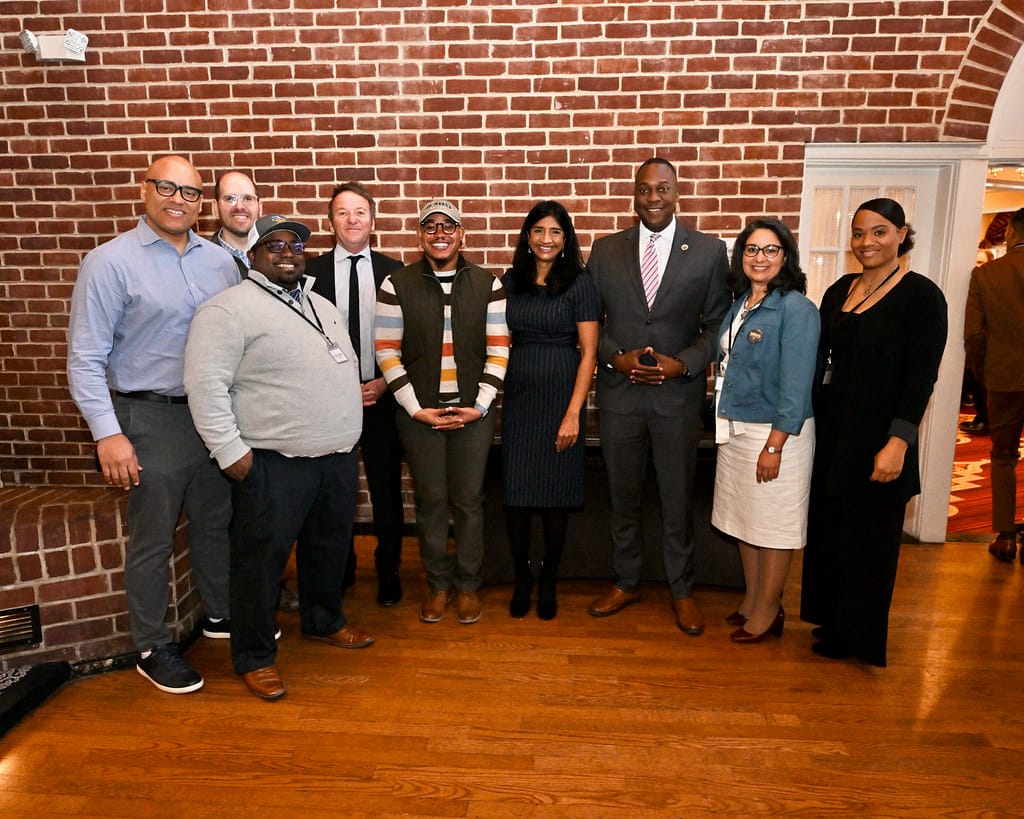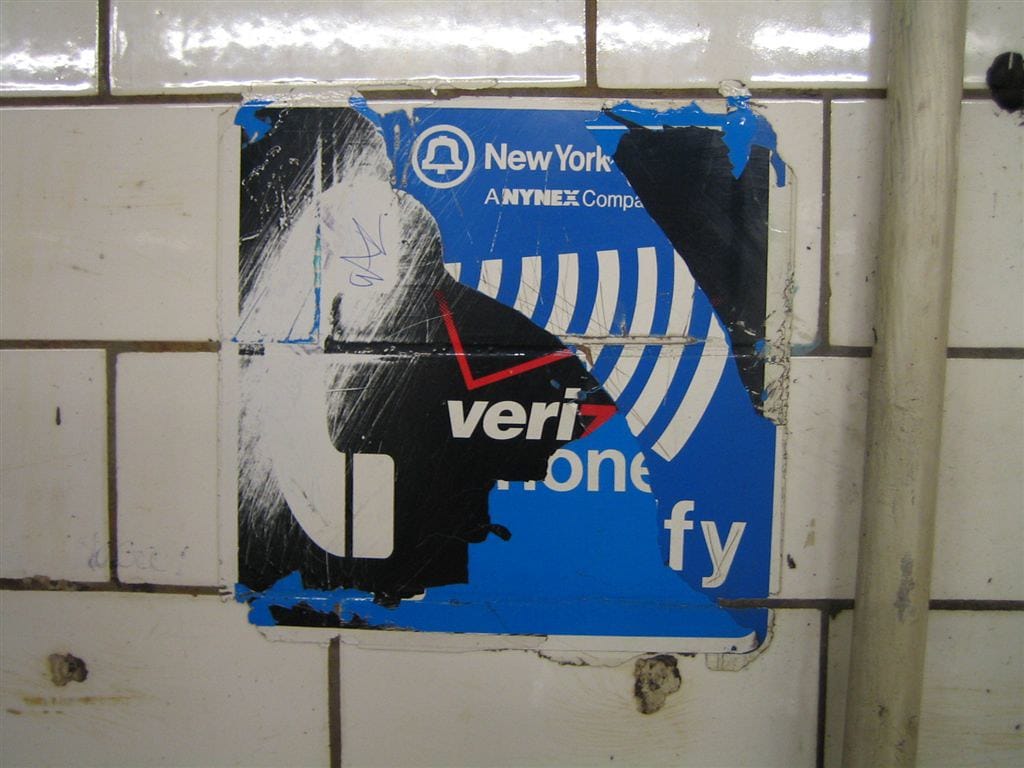Engineer's Mission to Revive Pay Phones Sparks Movement for Digital Equity
In an era where smartphones are ubiquitous and public pay phones have largely vanished from street corners, one engineer is bucking the trend by restoring these communication relics and making them freely available to the public. Mark Thomas, a telecommunications engineer from Portland, Oregon, has transformed what many consider obsolete technology into a lifeline for those who need it most.
The Unexpected Return of a Communication Icon
Thomas began his project in 2019 after noticing the stark digital divide in his community. "I realized that while most of us take constant connectivity for granted, there are still people who desperately need access to basic communication services," Thomas explains. His solution? Purchasing decommissioned pay phones, refurbishing them completely, and installing them in strategic locations throughout the city—all free of charge for users.
What started as a personal initiative has evolved into something much larger. Thomas has restored over 40 pay phones across Portland, with plans to expand to neighboring cities. Each restored unit costs approximately $2,000 in parts and labor, funded entirely through Thomas's savings and growing community donations.
Filling Critical Communication Gaps
The impact of Thomas's work extends far beyond nostalgia. Recent data from the Federal Communications Commission shows that approximately 15% of American households still lack reliable broadband internet access, while roughly 3% don't own smartphones. For these individuals—often including homeless populations, elderly residents, and those experiencing financial hardship—free pay phones provide essential access to emergency services, job opportunities, and family connections.
"Last month, a woman used one of our phones to call 911 when she witnessed a car accident," Thomas recounts. "Her own phone had died, and our pay phone was the closest communication option. That's exactly why this matters."
Local social service organizations have documented over 1,200 calls made from Thomas's restored pay phones in the past year, with 40% classified as emergency or urgent communications.
Technical Innovation Meets Social Purpose
Thomas's restoration process involves more than simple repairs. He upgrades each unit with modern components while maintaining their classic appearance and functionality. The phones feature enhanced audio quality, weather-resistant materials, and connection to current telecommunications networks.
Key Technical Improvements:
- Digital conversion: Analog systems updated to work with modern networks
- Enhanced durability: Vandal-resistant materials and improved weatherproofing
- Cost efficiency: Eliminated coin requirements while maintaining call functionality
- Accessibility features: Volume controls and hearing aid compatibility
The engineer has also developed a maintenance protocol that ensures 98% uptime across his network of restored phones, with regular inspections and prompt repairs when issues arise.
Growing Community Support and Recognition
Thomas's initiative has garnered attention from local government officials and community organizations. The Portland City Council recently passed a resolution supporting the project and allocated $50,000 in municipal funding to help expand the program. Additionally, three other cities have reached out to Thomas for consultation on implementing similar programs.
"What Mark is doing demonstrates how technology can serve social equity," says City Councilwoman Sarah Martinez. "These pay phones aren't just about nostalgia—they're about ensuring everyone has access to basic communication services."
The project has also attracted volunteer support, with local electricians and telecommunications workers donating time to help with installations and maintenance.
Lessons in Digital Inclusion
Thomas's work highlights an important paradox in our connected world: as communication technology advances rapidly, we risk leaving behind those who need connectivity most. His pay phone restoration project serves as a reminder that innovative solutions don't always require the latest technology—sometimes they involve reimagining how existing tools can serve modern needs.
The initiative also demonstrates how individual action can address systemic issues. By identifying a specific need in his community and taking concrete steps to address it, Thomas has created a model that other communities can adapt and implement.
As cities nationwide grapple with digital equity challenges, Thomas's restored pay phones offer a tangible example of how thoughtful engineering and community commitment can bridge communication gaps. In a world increasingly dependent on digital connectivity, sometimes the most innovative solution is also the most fundamental: ensuring everyone has access to a simple phone call when they need it most.

